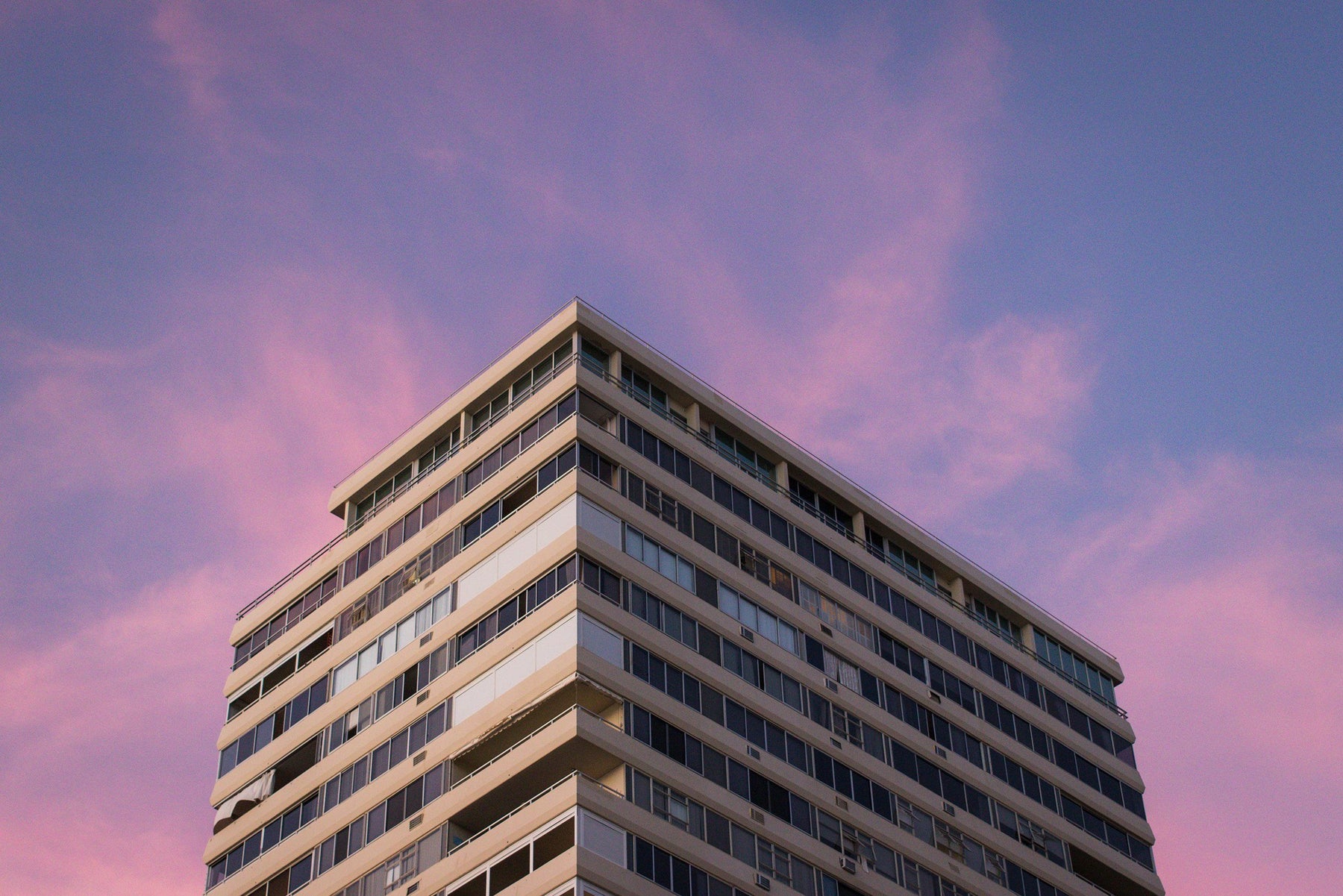
Does your building have Sick Building Syndrome?
Employee productivity has always remained paramount to any organization’s pursuit of success and while many aspects may contribute to this, the importance of maintaining a clean and sustainable work-space has become noticeably evident in recent years. Studies have shown a significant decrease in absenteeism and depression among workers exposed to clean air and a sustainable working environment. The term Sick Building Syndrome (SBS) was coined in 1984 by the World Health Organization when reports suggested that up to 30% of new or renovated buildings worldwide were subjected to poor Indoor Air Quality (IAQ).
SBS
“Sick Building Syndrome is an expression which was coined to define a situation where a place of work has been found to cause various ailments and illnesses characterized by headaches, respiratory problems and skin irritations. It is thought to be caused by indoor pollutants, micro-organisms or inadequate ventilation.”[1] Various indicators of SBS may include occupants complaining of dizziness, eye irritation, itchy skin, nausea, difficulty concentrating or fatigue. There are three primary sources responsible for Sick Building Syndrome;
- Chemical Contaminants; Outdoor chemical contaminants such as vehicle exhaust or building exhaust can enter through the air intake vents, windows or other openings. However, indoor chemical contaminants such as VOC’s are found inside the building stemming from carpeting, upholstery, cleaning products or adhesives, and may contribute to polluting the work space.
- Biological Contaminants; include bacteria, molds, pollen, and viruses. Such contaminants can breed in stagnant waters located in drainpipes, ducts and humidifiers. The spread of airborne viruses in large commercial buildings may occur very quickly and affect numerous employees. A recent case of legionnaire’s disease sourced to a cooling tower in Quebec City, killed 13 and sickened nearly 170 others.
- Inadequate Ventilation; changing standards in considering adequate ventilation for building occupants have highlighted the importance of proper ventilation in all environments. ASHRAE has revised the air flow rate per occupant from 5/cfm in the 1970’s to more recently 20/cfm in office spaces and 60/cfm in smoking lounges. “Inadequate ventilation, which may also occur if heating, ventilating, and air conditioning (HVAC) systems do not effectively distribute air to people in the building, is thought to be an important factor of SBS”[2].
Filtration Efficiency
As filtration specialists, we understand the direct correlation between filtration efficiency and maintaining a proper air flow rate. Filter selection in any environment is a key factor in optimizing clean air and controlling energy costs. More specifically, in buildings with SBS, achieving the highest possible efficiency while maintaining a low resistance to air flow becomes increasingly critical, especially if the original HVAC equipment is outdated. Filters recently introduced into the market place can help in delivering a higher filtration efficiency at a very low initial resistance. When coupled with a structured maintenance program, the risks of Sick Building Syndrome can be greatly reduced.
Simply upgrading from a MERV 8 pleated filter to a MERV 13 pleated filter like the Aerostar® GreenPleat will allow the building operator to greatly reduce the particle count at smaller particulate levels.
Solutions to the Syndrome
Here are the 10 most commonly recommended solutions for treating and/or preventing Sick Building Syndrome.
- Routine maintenance of HVAC systems including periodic cleaning or replacement of filters;
- Selection of alternative air filters with the highest possible efficiency, while maintaining a low pressure drop;
- Increasing ventilation rates and air distribution;
- Replacement of water-stained ceiling tiles;
- Institution of smoking restrictions;
- Venting contaminant source emissions to the outdoors;
- Storage and use of paints, adhesives, solvents, and pesticides in well ventilated areas, and use these pollutants during periods of non-occupancy;
- Allow time for building materials in new or renovated areas to off-gas pollutants before occupancy;
- Local exhaust ventilation for rest rooms, copy rooms, printing facilities and designated smoking rooms;
- Education and communication with building occupants.
[1] Compliance Solutions Canada
[2] EPA – Indoor Air Facts No.4
